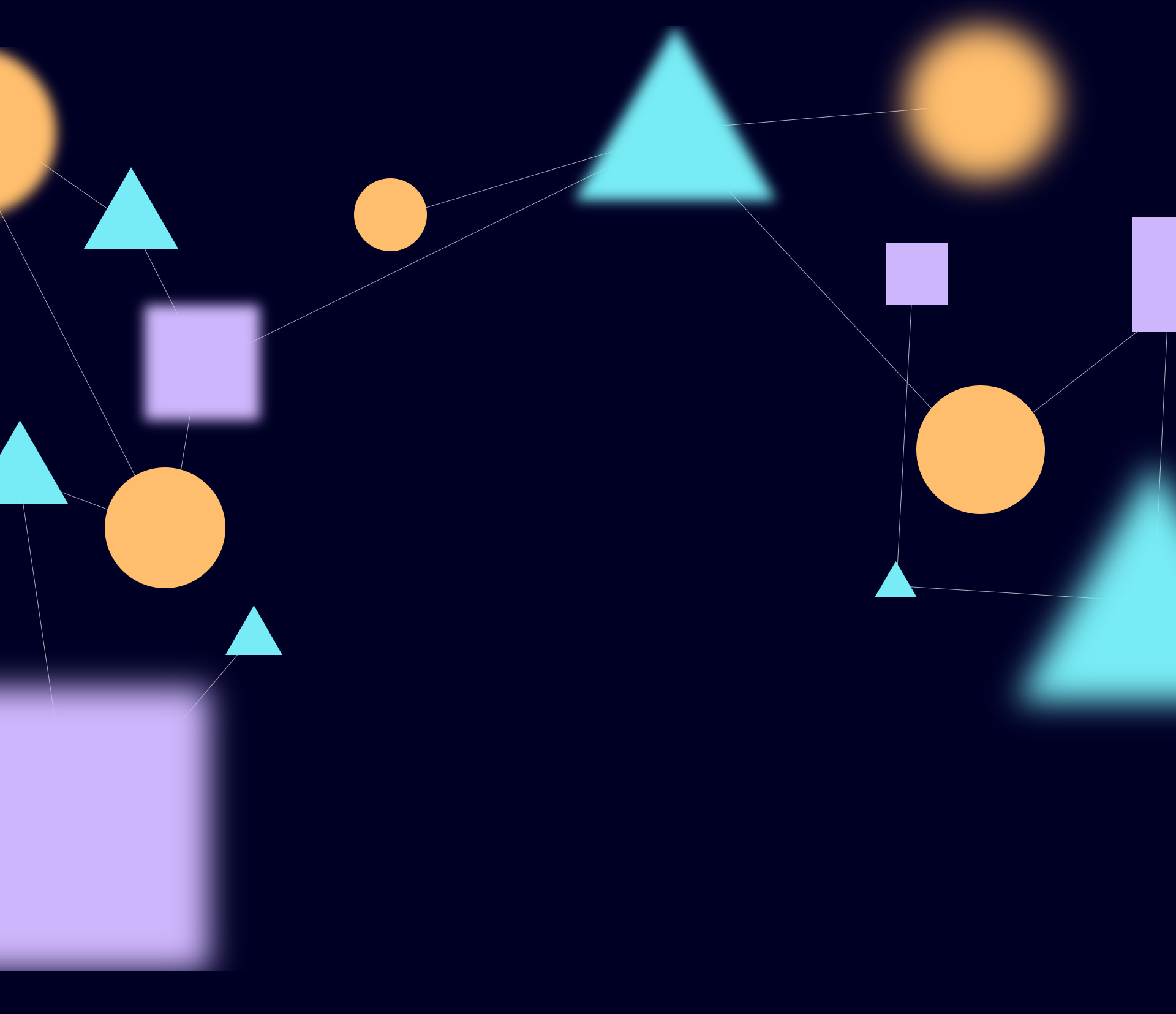How it works
Learn more about our geospatial knowledge Graph.
Explore FSQ Graph in action

Inform market expansion
Let’s say a business is entering a new market – Los Angeles – and needs to decide where to distribute their product, a hot sauce. They know it’s sold well at restaurants in the Chelsea neighborhood of New York City, so they want to find a similar neighborhood in Los Angeles to focus on for market expansion.

Build rich profiles of neighborhoods
We use FSQ Graph to develop a profile of the Chelsea neighborhood based on many different factors, connecting geospatial primitive datasets like our Places data and U.S. Census data.

Derive actionable insights
FSQ Graph dynamically recommends a rank ordered list of Los Angeles neighborhoods most similar to Chelsea, along with the relevant points of interest for the business to target in their expansion.
Privacy-forward innovation
Rather than organizing location data around individuals, FSQ Graph enables us to derive rich location insights grounded in spatial units, such as a POI, H3 cell, or a neighborhood, further protecting consumers’ privacy.


